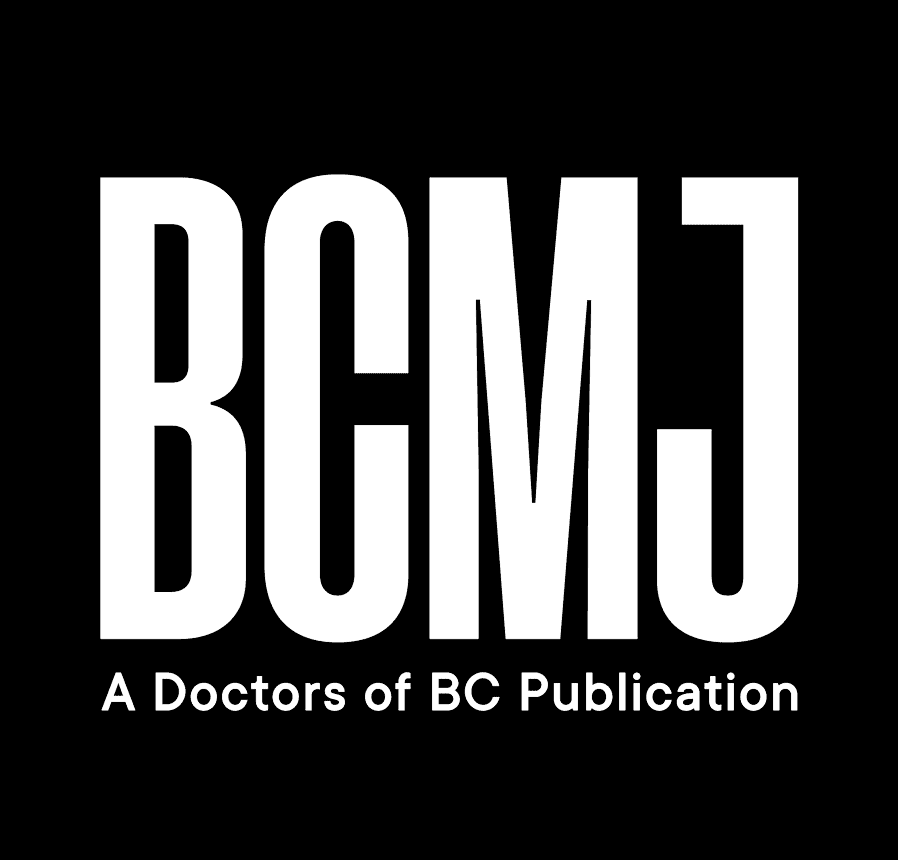Accredited CME sessions from WorkSafeBC for your clinic
Do you have questions about your patients with workplace illnesses or injuries or about WorkSafeBC forms or billing processes? WorkSafeBC’s medical advisors—who are all physicians—offer accredited CME sessions for family physicians and specialists that can be delivered in person or virtually. This outreach is offered to physicians, medical office assistants, and others you identify, at a time that suits you best.
For in-person sessions, we can come to your clinic or to a physicians’ meeting in your region anywhere in BC. We will contact your clinic coordinator prior to the session to gather questions you may have and incorporate the questions into a presentation tailored to meet the needs of your clinic. We can also bring a subject matter expert from another area of WorkSafeBC to answer questions as needed.
We can cover topics such as:
- How to initiate a WorkSafeBC claim for a patient with an injury or disease you think may be related to the workplace.
- The physician’s role in supporting a patient in their return-to-function and return-to-work journey, and who can help you in this role.
- WorkSafeBC programs and resources to help you help your patients with workplace injuries or illnesses.
- Referral options for your patients with work-related injuries, including a review of WorkSafeBC’s Visiting Specialist Clinic.
- Approaches to a return-to-work discussion with a patient who has a safety-critical, safety-sensitive, or decision-critical job.
- How to find out if services for your patients with work-related injuries have been approved.
- Your occupational health and safety responsibilities if you employ staff.
- Common health and safety issues in medical clinics.
We can also review billing best practices and help answer questions about billing and form-related topics, such as:
- How to fill out a Physician’s Report (Form 8 or 11).
- What to do about billing if your patient’s claim is not accepted.
- Whom to contact with questions related to billing.
- Why some billings may be rejected, how to prevent this from happening, and how to follow up on rejected billings.
For more information or to schedule an education session, contact WorkSafeBC Medical Services by leaving a message at 1 855 476-3049. If you prefer to speak with a medical advisor directly and on the same day, you can reach us on the Rapid Access to Consultative Expertise (RACE) app.
Find more resources online
Additional information and resources for physicians are available at www.worksafebc.com/physicians, including forms, postoperative rehabilitation guidelines, billing tips, and guidelines for submitting reports and invoices to WorkSafeBC.
—Olivia Sampson, MD, CCFP, MPH, FRCPC, ABPM
Manager, Medical Services, WorkSafeBC
—Celina Dunn, MD, CCFP, FCFP
Manager, Medical Services, WorkSafeBC
hidden
This article is the opinion of WorkSafeBC and has not been peer reviewed by the BCMJ Editorial Board.
 |
| This work is licensed under a Creative Commons Attribution-NonCommercial-NoDerivatives 4.0 International License. |


I would like to book an Education seminar with myself and our 3 doctors at our clinic, Please let me know when and if this is possible. We are located in Fort Langley, BC